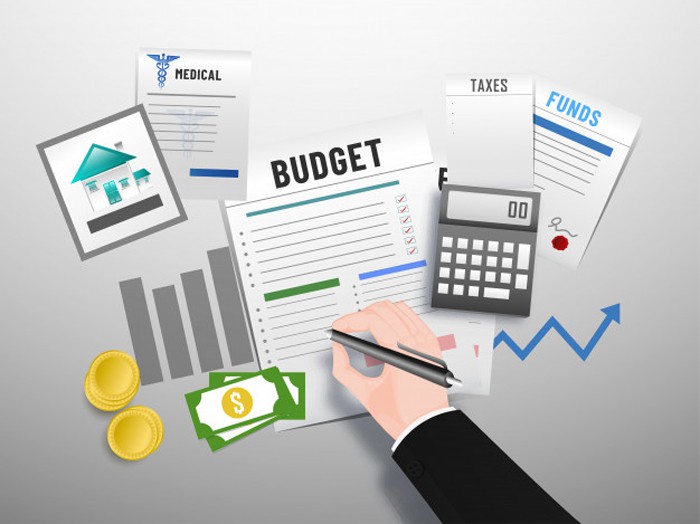How to Prepare a Simple Monthly Budget
A Monthly budget is an indispensable tool that helps you achieve your goals and attain financial independence. Every month you earn a specific amount of money, whether you are an em, employee or a businessman.
The simple plan to financial freedom is “to spend less than you earn,” and a monthly budget helps you achieve that.
With a budget, you can manage the little income you earn and save part of it from achieving your life’s goal.
In this article, we will review the essence of a monthly budget and how you can make a budget for yourself.
How to Create a Personal Monthly Budget
There are two aspects to every budget; income and Expenditures. Income is the money you earn – like your monthly pay, profit from an investment, etc.
Expenditures, on the other hand, are what you spend.
There are two types of expenses fixed and variable expenses.
Fixed expenses are those which you can’t change the cost like your monthly subscriptions, rent, electricity bills, etc.
While variable expenses are those, you can influence, like the amount spent on food, clothing, etc.

Steps to Creating a Budget
Step 1. List and Compute your monthly income. These include;
• Your salary
• Rent from real estate investment
• Interests from your savings
• etc.
Step 2. List your monthly expenses
• How much do you spend on feeding every month?
• What is your transportation costs?
• How much is your monthly rent (if you live in a rented apartment)?
• How much do you spend on airtime, subscriptions, and other bills?
• List any additional expense that comes to mind. Money for drinks, hair, makeup, clothes, etc.
Recommended: How To Keep to Your Budget
Step 3.Eliminate unnecessary expenses from your list.
Look through your list and remove items that you can do without. For instance, you can do without spending so much on beer.
I’m not saying you shouldn’t go out with friends; instead, you should reduce the amount you spend on drinks. As a female, you should also reduce the amount you spend on hairdo and makeup packs.
You could get less costly hairstyle for the time being, until you attain your financial goals.
Another overlooked aspect that takes a massive cut on your income is feeding. Most people spend over 50% of their income on food-related expenses.
Work on reducing your food expenses. Buy food stock in large quantity and store in your home.
If you are unmarried and rarely cooks, then this would be an excellent time to start cooking at home. Instead of spending 500 – 1000 naira on just a meal, you can add money to cook at home.
You will find several expenses on your list, which you can either reduce or remove entirely.
Step 4. Compute your monthly expenses
After successfully eliminating avoidable expenses from your list, you can then compute it to get a total.
Step 5.Divide your total income into three (3)
• Total fixed expenses
• Variable expenses
• Savings (recommended being at least 20% of your income).
Steps to follow
Get a total fixed expense and deduct it from your total expenditure. Add up all your fixed income like electricity bills, water bills, rent, etc. and get the total. Then deduct it from the total you got from your income in step 1.
Recommended: 5 Top Saving Mobile Apps for Nigerians
Share the balance between your Variable expenses and savings
The balance you get from subtracting your fixed expense from your income is the part of your expenditure you have control over.
Subtract your variable expense from the amount above. If the balance is about 20% of your income, then you can keep that part as your savings.
Constituents of your variable expenses
Aside from the routine expenses, you will make. It is essential you keep a part of your variable expenditure to meet small expenses.
This will make it easier for you to keep to your monthly budget.
Constituents of your savings
Your savings should have two aspects: emergency fund and normal savings. The emergency fund is money you keep aside for unexpected expenses.
You can share it as; 40% for the emergency fund while 60% goes for savings.
There you have it. That’s how to make a budget. The processes may look lengthy and complicated, but you will realize it is simple when you start to work on it.
Don’t forget to check out these tips on how you can save more of your income.


0 Comment